Weevil lily, Palm-grass, Star-grass
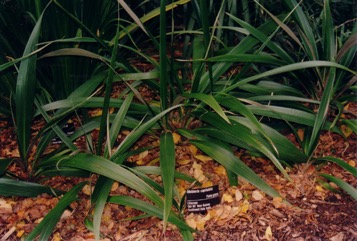
A tropical plant. It grows in tropical rainforest. It suits humid locations. It grows in sheltered gullies. It will grow in subtropical and warm temperate locations. It grows up to 1,800 m above sea level. It grows in wet soil. They can tolerate moderate frosts. In Argentina it grows below 100 m above sea level. Melbourne Botanical Gardens. It grows in hilly country in Malaysia. It grows in shady and moist places in forests between 800-2,200 m above sea level in southern China. Geelong Botanical Gardens. In XTBG Yunnan. In Sichuan. It suits hardiness zones 10-12. In Townsville Queens BG.
Also known as:
Congkok, Doik, Doyak, Kywet-malut, Lumbah merah, Ma ni zu se, Molineria, Qhaib xyab, Tong-song-kha, Tsan-ngan
Synonyms
- Curculigo capitulata (Lour.) Kuntze
- Curculigo recurvata Dryander
- Leucojum capitulatum Lour.
- Molineria recurvata (Dryander) Aiton
- and others
Edible Portion
- Fruit, Leaves
Where does Weevil lily grow?
Found in: Africa, Argentina, Asia, Australia, Bangladesh, Bhutan, Canada, Central America, China, Hawaii, Himalayas, India, Indochina, Indonesia, Japan, Laos, Malaysia, Myanmar, Nepal, Nicaragua, North America, Northeastern India, Pacific, Papua New Guinea, PNG, Philippines, SE Asia, Sierra Leone, Sikkim, South America, Sri Lanka, Taiwan, Thailand, Tibet, United States, Vietnam, West Africa
Notes: There are 7 Molineria species. The fruit are tasteless but contain a sweetening agent. Also put in the family Amaryllidaceae.
Growing Weevil lily, Palm-grass, Star-grass
Cultivation: Plants can be grown from fresh seed or by dividing the clump. It can be grown by air-layering.
Edible Uses: The fruit are eaten raw. The leaves are used as a potherb.
Production: They are fast growing.
Nutrition Info
per 100g edible portion| Edible Part | Energy (kcal) | Protein (g) | Iron (mg) | Vitamin A (ug) | Vitamin c (mg) | Zinc (mg) | % Water |
|---|---|---|---|---|---|---|---|
| - | - | - | - | - | - |
Weevil lily, Palm-grass, Star-grass Photos

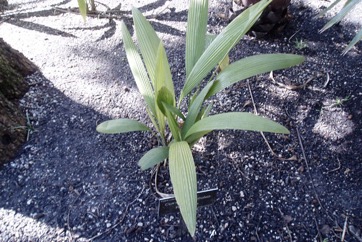
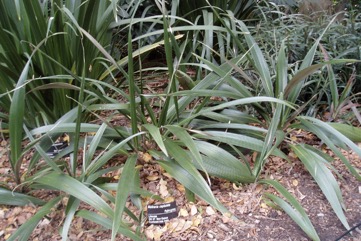
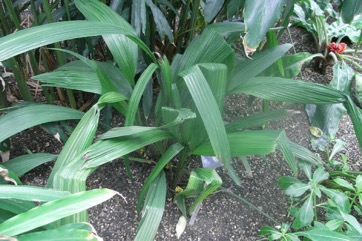
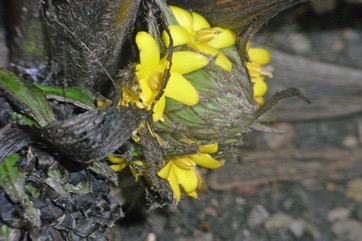
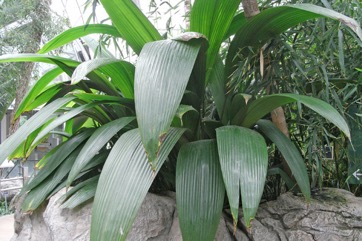
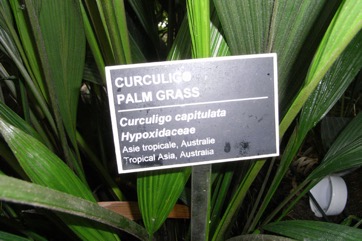
References
Amaryllidaceae 84. 1837
Ambasta, S.P. (Ed.), 2000, The Useful Plants of India. CSIR India. p 151 (As Curculigo capitulata)
Burkill, I.H., 1966, A Dictionary of the Economic Products of the Malay Peninsula. Ministry of Agriculture and Cooperatives, Kuala Lumpur, Malaysia. Vol 1 (A-H) p 713 (As Curculigo capitulata)
Burkill, H. M., 1985, The useful plants of west tropical Africa, Vol. 4. Kew.
Cooper W & Cooper W T, 1994, Fruits of the Rain Forest. RD Press p 194
Cooper, W. and Cooper, W., 2004, Fruits of the Australian Tropical Rainforest. Nokomis Editions, Victoria, Australia. p 230
Elliot, W.R., & Jones, D.L., 1993, Encyclopedia of Australian Plants suitable for cultivation. Vol 6. Lothian. p 439 (Photo)
Hibbert, M., 2002, The Aussie Plant Finder 2002, Florilegium. p 198 p 78 (As Curculigo capitulata)
Heywood, V.H., Brummitt, R.K., Culham, A., and Seberg, O. 2007, Flowering Plant Families of the World. Royal Botanical Gardens, Kew. p 374 (Family)
Kuo, W. H. J., (Ed.) Taiwan's Ethnobotanical Database (1900-2000), http://tk.agron.ntu.edu.tw/ethnobot/DB1.htm (As Curculigo capitulata)
Lazarides, M. & Hince, B., 1993, Handbook of Economic Plants of Australia, CSIRO. p 165
Li, S., et al, 2020, Monpa, memory, and change: an ethnobotanical study of plant use in Mêdog County, South-east Tibet, China. Journal of Ethnobiology and Ethnomedicine. (2020) 16:5 p 19
Llamas, K.A., 2003, Tropical Flowering Plants. Timber Press. p 235
Luo, B., et al, 2019, Wild edible plants collected by Hani from terraced rice paddy agroecosystem in Honghe Prefecture, Yunnan, China. Journal of Ethnobiology and Ethnomedicine 15:56 (As Curculigo capitulata)
Milow, P., et al, 2013, Malaysian species of plants with edible fruits or seeds and their evaluation. International Journal of Fruit Science. 14:1, 1-27 (As Curculigo capitulata)
Mozhui, R., et al, 2011, Wild edible fruits used by the tribals of Dimapur district of Nagaland, India. Pleione 5(1): 56 - 64. (As Curculigo capitulata)
Murtem, G. & Chaudhrey, P., 2016, An ethnobotanical note on wild edible plants of Upper Eastern Himalaya, India. Brazilian Journal of Biological Sciences, 2016, v. 3, no. 5, p. 63-81 (As Molineria recurvata)
Revis. gen. pl. 2:703. 1891 (As Curculigo capitulata)
Srivastava, R. C., 2010, Traditional knowledge of Nyishi (Daffla) tribe of Arunachal Pradesh. Indian Journal of Traditional Knowledge. 9(1):26-37 (As Molineria recurvata)
Srivastava, R. C., et al, 2010, Indigenous biodiversity of Apatani plateau: Learning on biolcultural knowledge of Apani tribe of Qrunachal Pradesh for sustainable livelihoods. Indian Journal of Traditional Knowledge 9(3): 432-442 (As Molineria recurvata)
Staples, G.W. and Herbst, D.R., 2005, A tropical Garden Flora. Bishop Museum Press, Honolulu, Hawaii. p 690
Sukarya, D. G., (Ed.) 2013, 3,500 Plant Species of the Botanic Gardens of Indonesia. LIPI p 1124
Whitney, C. W., et al, 2014, Conservation and Ethnobotanical Knowledge of a Hmong Community in Long Lan, Luang Prabang, Lao People’s Democratic Republic. Ethnobotany Research and Applications 12:643-658 (As Curculigo capitulata)
Wild edible plants of Himachal Pradesh (As Curculigo capitulata)
World Checklist of Useful Plant Species 2020. Royal Botanic Gardens, Kew (As Curculigo capitulata)